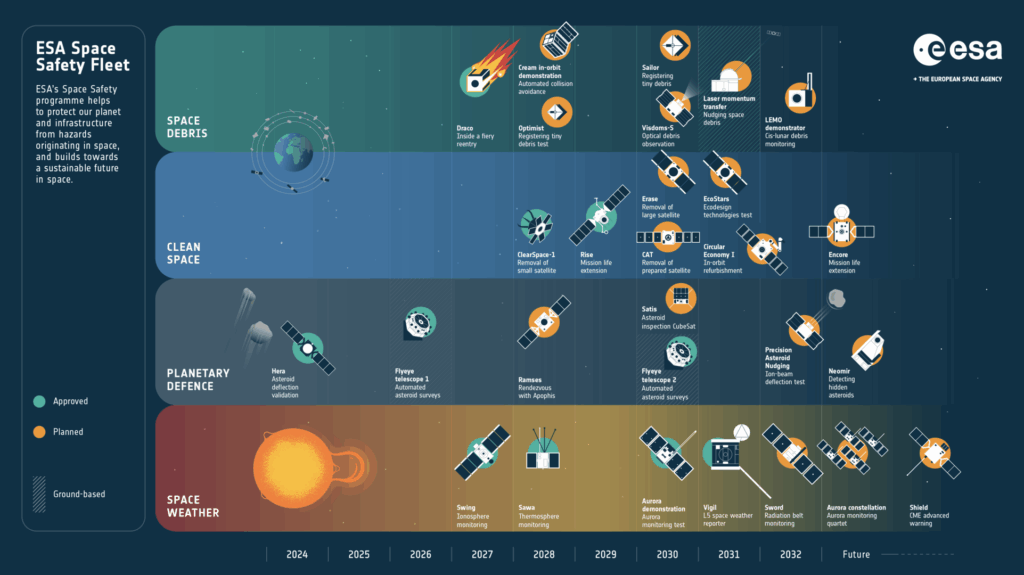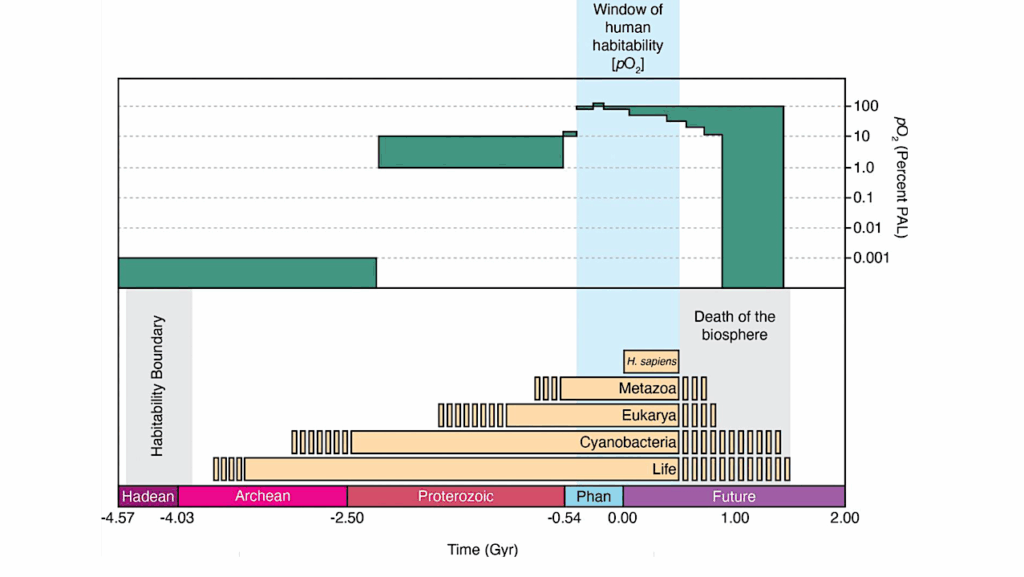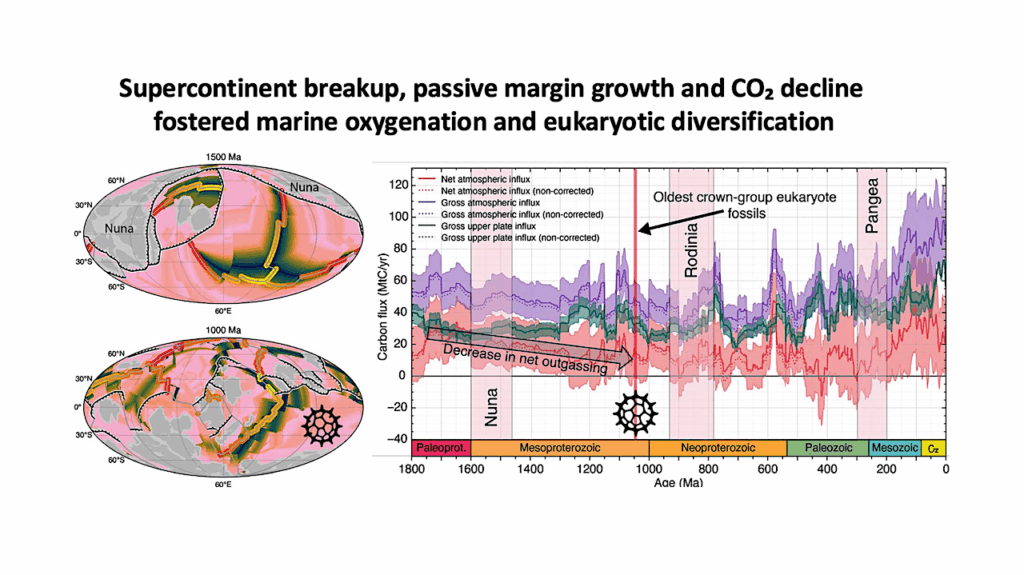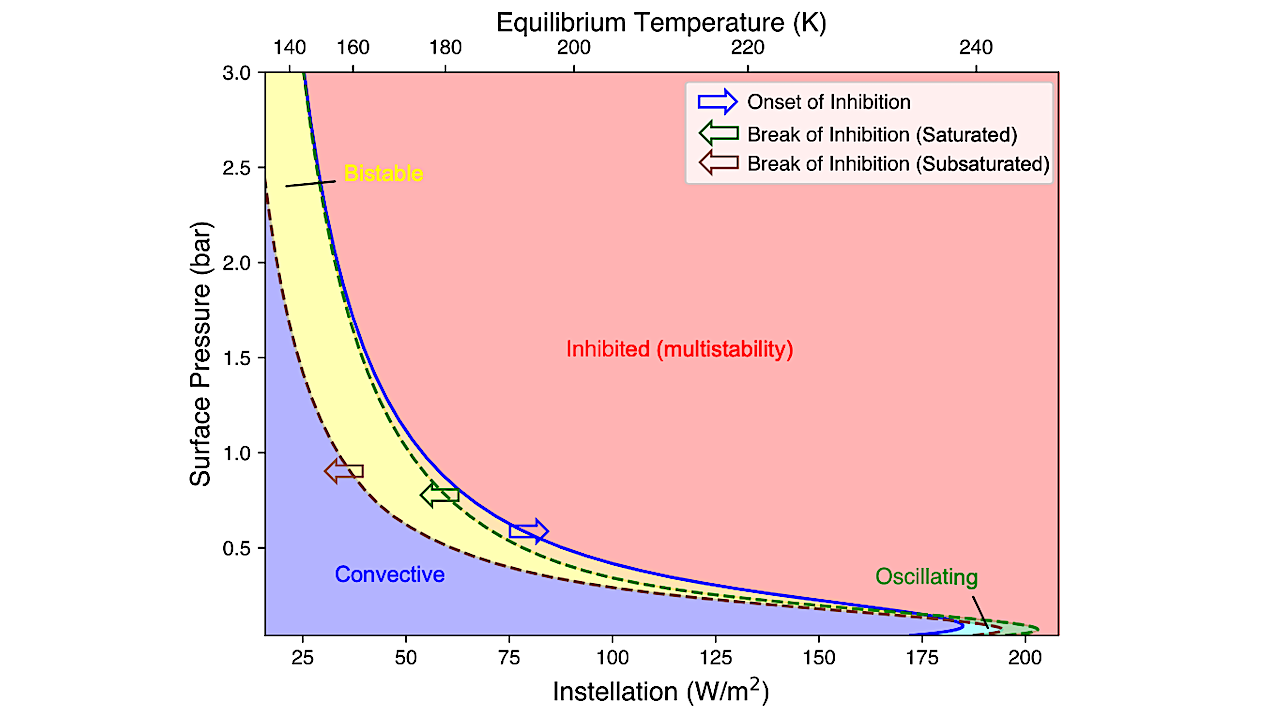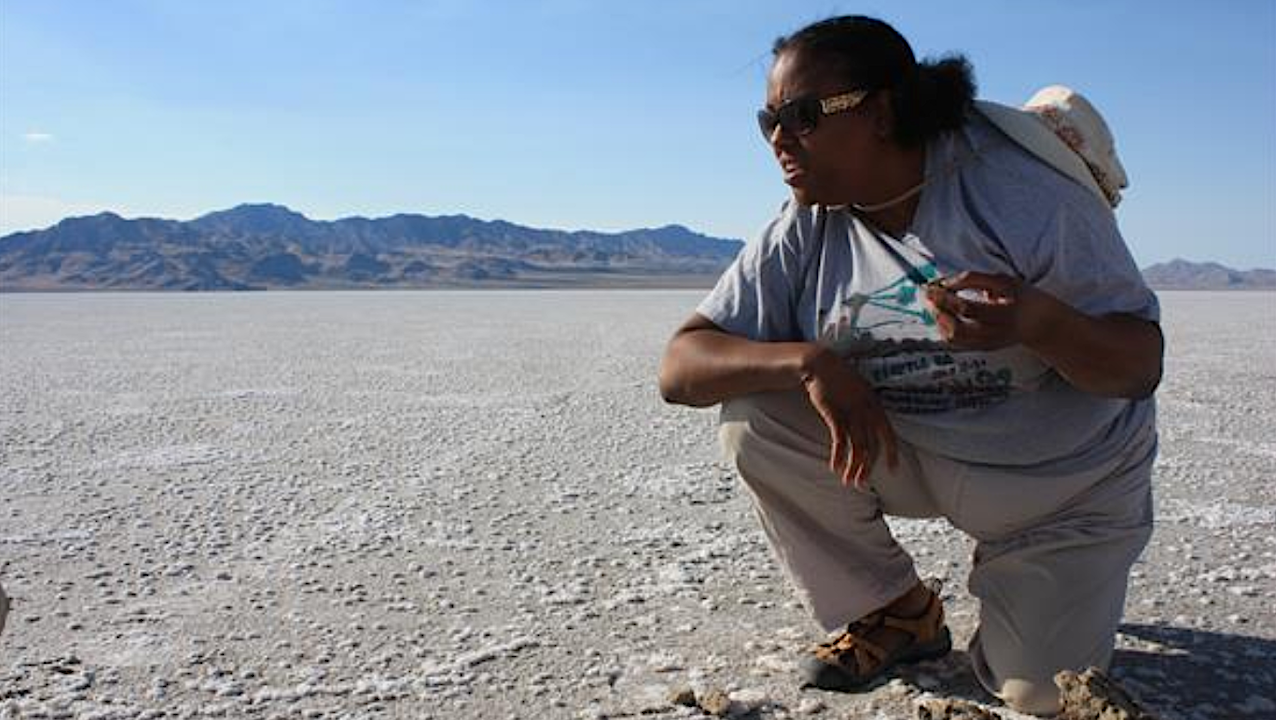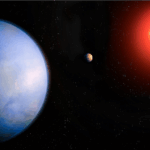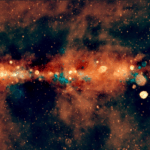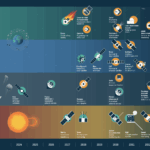Now Reading: Towards Farming On The Moon
-
01
Towards Farming On The Moon
Towards Farming On The Moon
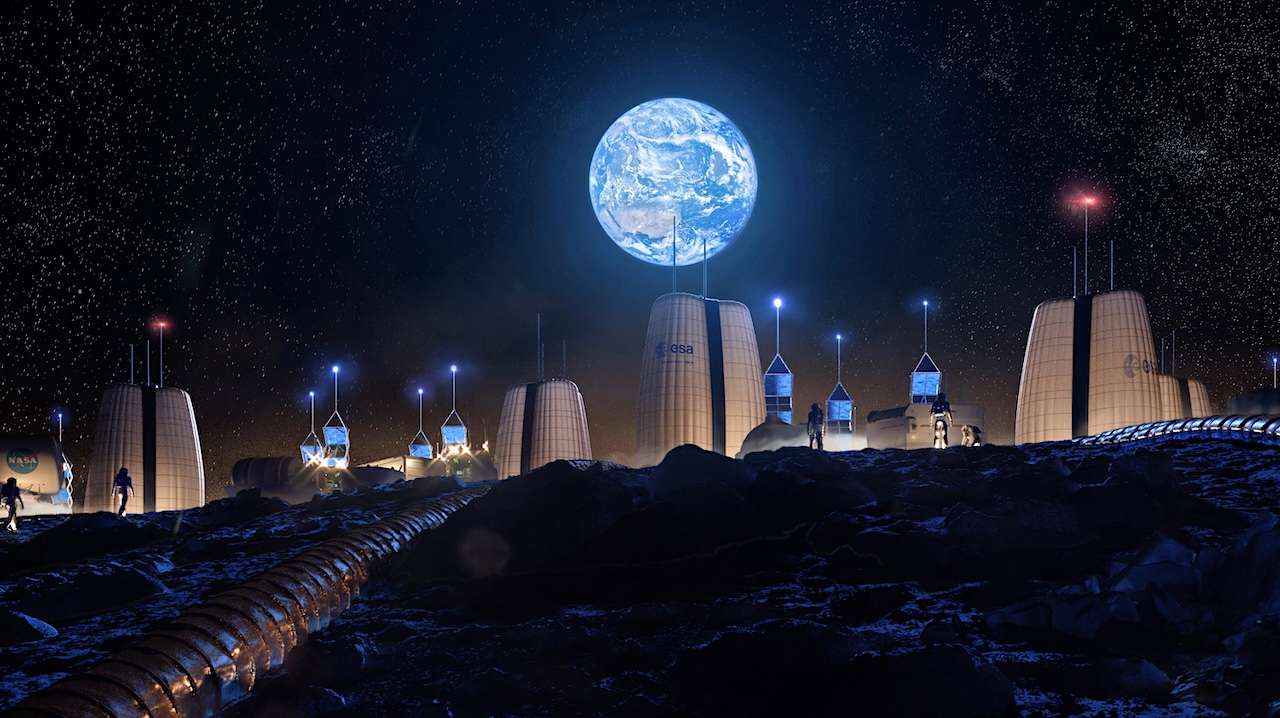

Future Human Habitat On the Moon Growing Plants — ESA
To stay long-term on the Moon humans will need to produce food there. Is it possible to grow plants in environments very different from earth? With support from the Discovery element of ESA’s basic activities, SolSys Mining studied the chemical treatment of lunar soil simulants to create fertiliser for growing plants.
The Norwegian research team looked into hydroponic farming, or growing plants in nutrient-rich water, without the need of soil. The lunar dust can be a good local source for some the nutrients needed, such as phosphorus. The challenge is how to efficiently extract the useful elements while discarding those that are toxic for the plants.
The ‘Enabling Lunar In-Situ Agriculture by Producing Fertilizer from Beneficiated Regolith‘ project involved studying a combination of mechanical, chemical and biological processes to extract mineral nutrients from the lunar regolith simulants. The team worked with Earth-available simulants of Moon rocks, containing the bulk elements of lunar regolith and subjected them to different treatments. They also looked at how different sizes and shapes of the grains change how the raw material reacts to acids and what reaches into the final water solution.
The samples were analysed through multiple chemical methods in order to find traces of the desired elements, including inductively coupled plasma ICP. The results are very promising, with some relevant elements being present in the solution created.
The company worked with not only raw simulants, but also with byproducts from other activities aiming to extract metal oxides for different applications. They could reach the nutrients even from those byproducts, which might bring big benefits in terms of in-situ resource utilisation (ISRU) and sustainability.
As the activity proved that plant nutrients can be produced on the Moon out of the locally sourced regolith, SolSys Mining is looking into further collaborations with ESA and currently has another ongoing project with the Agency: Beneficiation and Extraction Strategies to Enable Urine-Based Plant Fertilizers.
The activity gave important insights into what is possible in terms of hydroponic cultures on other planets, and the possibility of using byproducts from ISRU processes. The methodology could have applications not only for plants, but also for chemical production using local resources in general.
“The team showed how we could do chemistry on the Moon and what products we could expect. For the future, we need to look at the big picture of a lunar mission, because astronauts would still have to bring some reactants to start the resources utilisation processes,” says Malgorzata Holynska, Materials and Process Engineer and ESA lead on the project. “We also need to optimise the ratios, because it’s not only a matter of extracting the minerals, but they have to reach a specific concentration.”
For SolSys Mining, a relatively new company to the space sector, this was their first collaboration with ESA. “It was quite of a learning opportunity on both sides. They asked fresh questions, and we looked together at different problems from new angles. Everyone was very open and enthusiastic,” says Malgorzata.
“This project allowed us to tackle the unique challenge of extracting plant nutrients from lunar regolith whilst removing toxic elements – essentially developing fertiliser production for the Moon,” says SolSys Mining CEO Ethel Tolentino. “The ESA Discovery funding was invaluable for us as a company new to the space sector, opening doors to the broader European space community. We see significant commercial potential as lunar agriculture will be essential for permanent lunar presence.”
The company is currently producing a Norwegian-based simulant, based on their experience with the different types of simulants they have worked on during the activity. They have made some improvements on the currently available materials, addressing the limitations they encountered during the experiments. It’s currently under production and will soon be available for purchase.
Astrobiology, Astrobotany, ISRU, Artemis,
Stay Informed With the Latest & Most Important News
Previous Post
Next Post
-
 012024 in Review: Highlights from NASA in Silicon Valley
012024 in Review: Highlights from NASA in Silicon Valley -
 02Panasonic Leica Summilux DG 15mm f/1.7 ASPH review
02Panasonic Leica Summilux DG 15mm f/1.7 ASPH review -
 03How New NASA, India Earth Satellite NISAR Will See Earth
03How New NASA, India Earth Satellite NISAR Will See Earth -
 04And Thus Begins A New Year For Life On Earth
04And Thus Begins A New Year For Life On Earth -
 05Astronomy Activation Ambassadors: A New Era
05Astronomy Activation Ambassadors: A New Era -
06SpaceX launch surge helps set new global launch record in 2024
-
 07Space Force plans new ‘Futures Command’ amid pressure to speed up modernization
07Space Force plans new ‘Futures Command’ amid pressure to speed up modernization












